Dig a pond to store water for the village
Around 1835-1840, Mr. Le Van Minh and his wife Tran Thi Nhan, along with their sister and four younger brothers, left their hometown Long Ho, Vinh Long province to reclaim land and start a business on the banks of Rach Rap river, Ba Dieu area, Thanh Phu village. At that time, this place was still quite wild and full of dangers. However, with perseverance and persistent labor, the family members were able to build a stable life in the new land.
Mr. Le Van Hien (1863-1934), the second son of Mr. and Mrs. Le Van Minh and Tran Thi Nhan, was born and raised in that land that still bears the traces of pioneering footsteps. He married Mrs. Nguyen Thi Bien, from the same village of Thanh Phu. Thanks to their joint efforts, the couple built up a large estate, becoming a wealthy family in the area.
Not only taking care of the family economy, Mr. Le Van Hien was also a prestigious person, living a simple and loyal life, always caring about the business and living of the villagers. He was trusted and elected as Huong Ca, the highest position in the village council at that time and was called Mr. Ca Bay by the people.
Ca Mau has two rainy and dry seasons. In the dry season (drought season), ponds often dry up, rivers and canals are saline, and fresh water is extremely scarce. Out of compassion for the villagers, he dug a very deep and large pond to store rainwater for the whole village to use. The villagers called it Ong Ca Bay's pond.
Mrs. Le Ngoc Loan (83 years old), granddaughter of Mr. Hien, recalls: “My mother told me that at that time, my great-grandfather spent money to buy a hectare of land, then hired people to dig a pond. My mother also participated in cooking rice for the workers. The workers were very happy and bustling. The pond was dug in the shape of a basin, and my great-grandfather also bought 50 bushels of black salt and put them at the bottom, which was said to reduce the alum. The pond water was clear and sweet to drink like rainwater.”
In the memory of Musician Le Luong (nearly 90 years old), the great-grandson of Mr. Le Van Hien: “If you count from the inside out along National Highway 1, the pond is on the left, less than a kilometer from Ba Dieu culvert. At that time, people carried water by boat on Rach Rap River. From the riverbank, past the garden land, about 2 more meters to reach the pond. According to the remaining documents, the pond has an area of 1,000 m². The path from the garden edge to the pond, the old man paved with blue stone. The path down to the pond was also paved with stone to prevent landslides and make it easy for people to get water. The pond is very deep, never dry in the dry season, the water is as sweet as rainwater”.
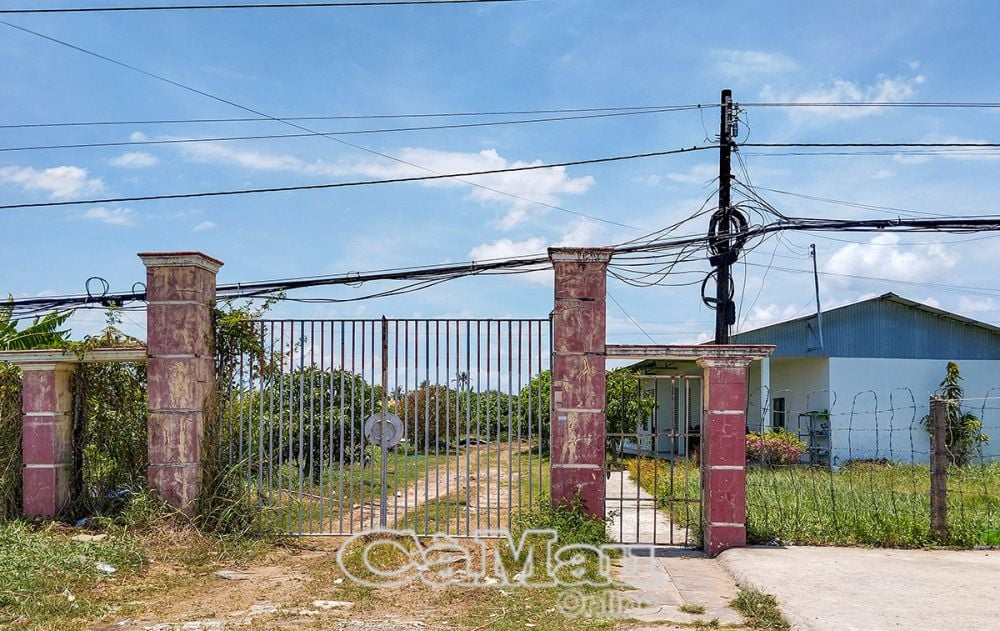
Ong Ca Bay pond is located on National Highway 1, about 3 km from the center of Ca Mau city. Due to the speed of urbanization, this place has been transferred and leveled.
In the memories of many people, during the poor war years, residents of Nha Phan, Rau Dua, Phu Tan (from 5-7 kilometers to more than 20 kilometers from the pond)... also came to this pond to get water for use (although near Ba Dieu culvert at that time there was another pond dug by the village, called Lang pond, but the water was not as sweet).
“Back then, I led the art troupe to work in the Rau Dua area. The households that hosted the troupe also came to this pond to carry water for daily use,” Musician Le Luong recalled.
Elderly people living in Ba Dieu hamlet also confirmed that there used to be two large ponds here, one was the Village pond, dug by the villagers; the other was a pond that Mr. Ca Bay created with his own money and effort. Perhaps the Village pond existed first, but the water was not fresh, so Mr. Ca Bay dug another pond (applying folk experience to make the water fresh) for the villagers to use.
Thus, the pond not only has practical significance but also plays a role during the years of resistance against the French and the Americans to save the country. It is said that even after the country was unified, people still used water from this pond. Only when water pumps were widely drilled and later the tap water system was connected did Ong Ca Bay pond end its historical role.
Imprint in community, clan
Not only did Mr. Le Van Hien dig ponds to store water for people to use, he also mobilized and organized the construction of roads, repair roads, and build bridges for people to travel. During years of famine and crop failure, many families were helped by him with rice, seeds, and farming tools to overcome hardship. He was also famous for being good at taking pulses and prescribing medicine, especially for treating broken bones and dislocated joints. During harvest season or when farming was not so good, whenever a sick person came to him, he would treat them wholeheartedly. Those who were too poor were given food and lodging by him, and when they recovered, he would give them money to go back to their hometowns.
Mr. Hien is the father of the revolutionary activist Le Khac Xuong, former Secretary of the Bac Lieu Provincial Party Committee (now Ca Mau, Bac Lieu), mentioned by Ca Mau Newspaper in the article "Communist Pagoda" in Thanh Phu village - Old traces of a time (Dat Mui publication, released on March 28, 2025).
Within the clan, Mr. Hien also left a valuable work, building a stone tomb for his parents, Mr. Le Van Minh and Mrs. Tran Thi Nhan, the first generation of people in the clan to set foot on the land of Ca Mau. This work not only shows filial piety but also has the meaning of preserving historical traces, reminding descendants of the merits of their ancestors.
According to Architect Mai Le Minh, Mr. Hien's great-grandson, the Le family originally came from Quang Ngai, descendants of the famous general Le Van Duyet. Due to historical events, some members of the family drifted to the South and a branch went to Ca Mau (as mentioned). Mr. Le Van Minh's stone tomb was built in the form of tombs of Nguyen Dynasty officials.
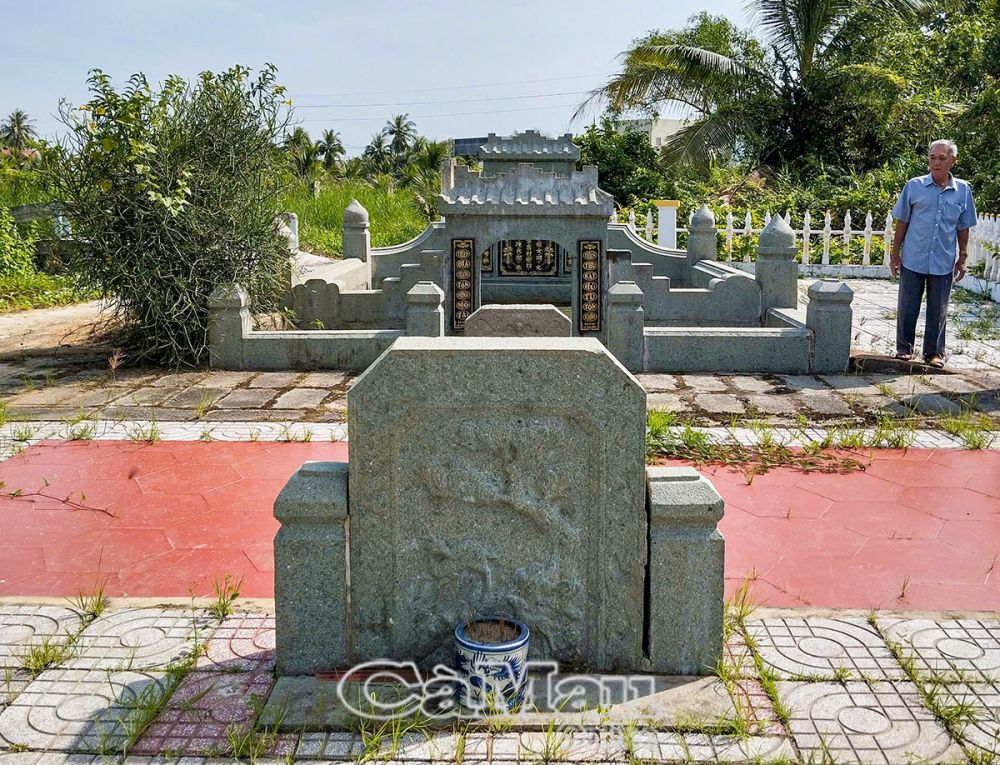
The tomb of Mr. Le Van Minh, located in Ba Dieu hamlet, Ly Van Lam commune, Ca Mau city (the big tomb in the back), was made of stone blocks by Mr. Le Van Hien, with the architectural style following the standards of tombs of Nguyen dynasty officials (his descendants restored it, adding Vietnamese parallel sentences).
Nowadays, following the pace of urbanization, Ong Ca Bay's pond as well as Lang pond have been filled in, but the deeds and acts of Mr. Le Van Hien towards the villagers and the community leave in the hearts of his descendants pride and lessons about kindness and a loyal lifestyle.
As an architect, Mr. Minh is very interested in the green stones used to build tombs, pave roads, make temple foundations, and embank ponds... a material that cannot be readily available in the lowlands of Ca Mau. He said he heard that the stones were transported by boats from Dong Nai to sell (some people also said they were transported from the Central region).
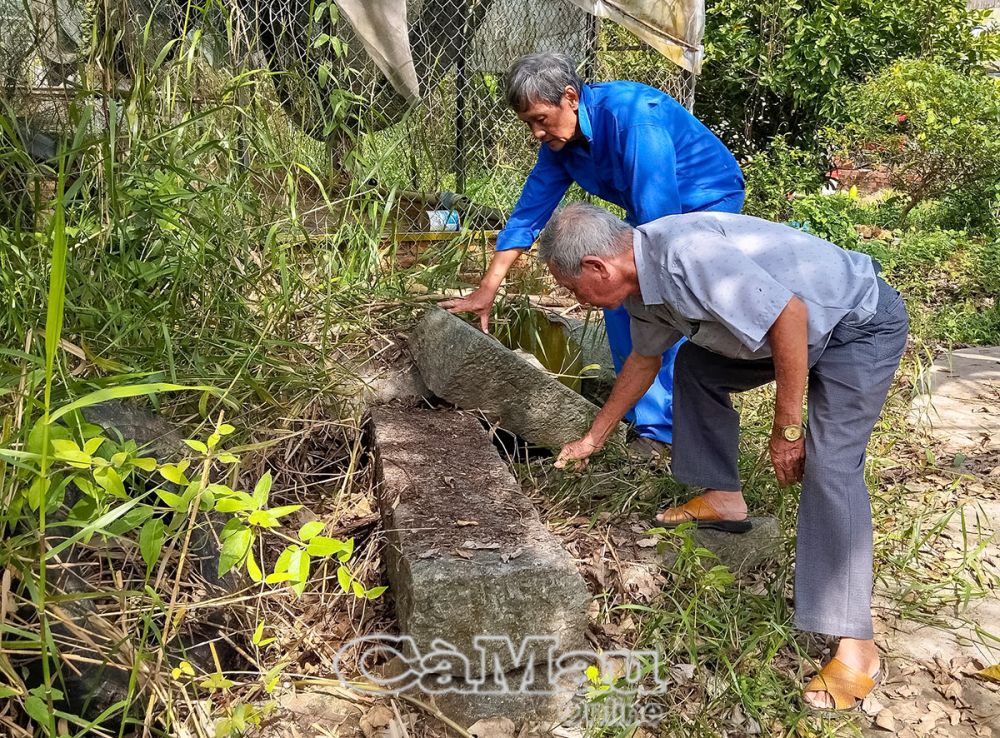
Architect Mai Le Minh, great-grandson of Mr. Le Van Hien (inside), showed us the remaining rocks that Mr. Hien used to build a pagoda. This is also a historical and cultural relic of the land reclamation period.
Although the origin of this material has not been clearly identified, it is considered a historical relic, marking the ancestors in the journey to open up the Southern land. If we study it, we will certainly find many interesting things./.
Huyen Anh
Source: https://baocamau.vn/ao-ong-ca-bay-a38292.html


![[Photo] National Assembly Chairman Tran Thanh Man meets with Ethiopian Prime Minister Abiy Ahmed Ali](https://vstatic.vietnam.vn/vietnam/resource/IMAGE/2025/4/16/c196dbc1755d46e4ae7b506c5c15be55)
![[Photo] President Luong Cuong meets 100 typical examples of the Deeds of Kindness Program](https://vstatic.vietnam.vn/vietnam/resource/IMAGE/2025/4/16/ce8300edfa7e4afbb3d6da8f2172d580)
![[Photo] Many practical activities of the 9th Vietnam-China border defense friendship exchange](https://vstatic.vietnam.vn/vietnam/resource/IMAGE/2025/4/16/3016ed3ef51049219574230056ddb741)
![[Photo] President Luong Cuong receives Ethiopian Prime Minister Abiy Ahmed Ali](https://vstatic.vietnam.vn/vietnam/resource/IMAGE/2025/4/16/504685cac833417284c88a786739119c)
![[Photo] Opening of the 4th Summit of the Partnership for Green Growth and the Global Goals](https://vstatic.vietnam.vn/vietnam/resource/IMAGE/2025/4/16/488550ff07ce4cd9b68a2a9572a6e035)
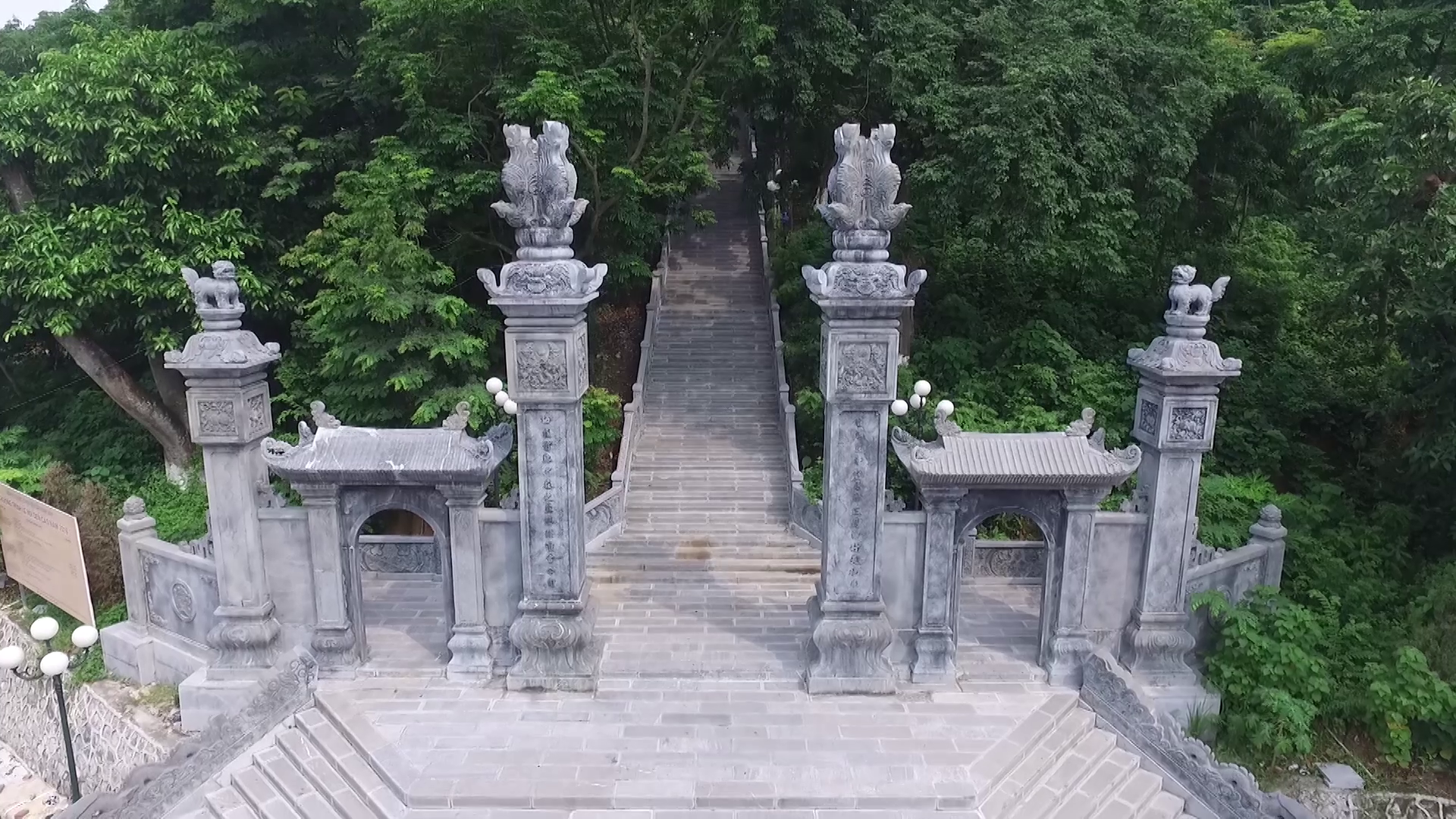
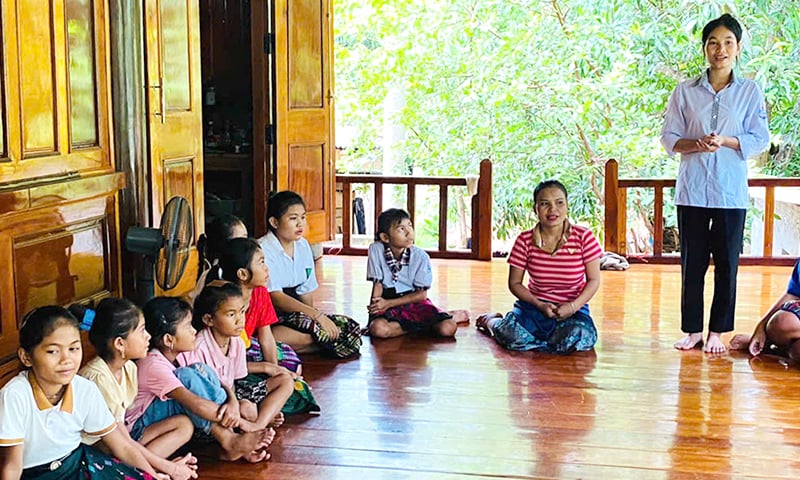
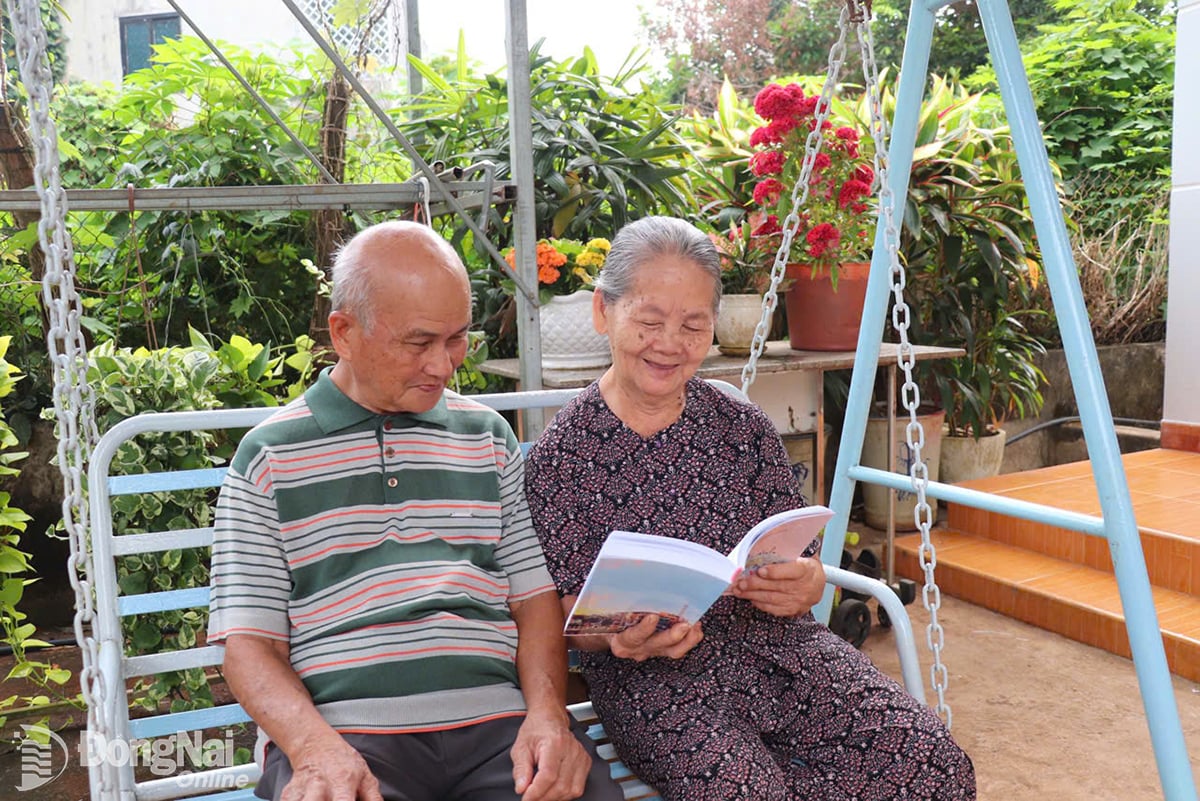
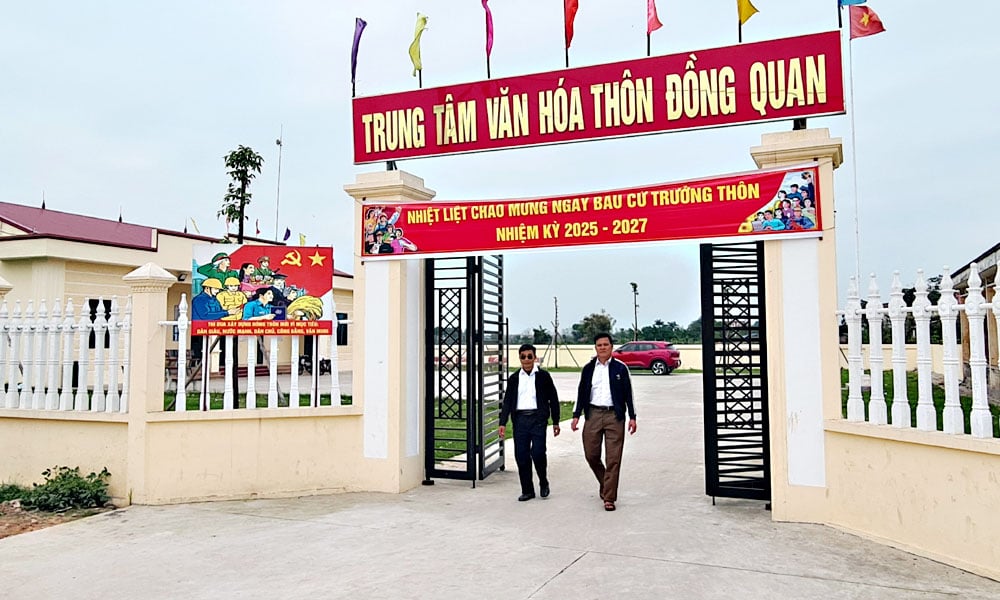
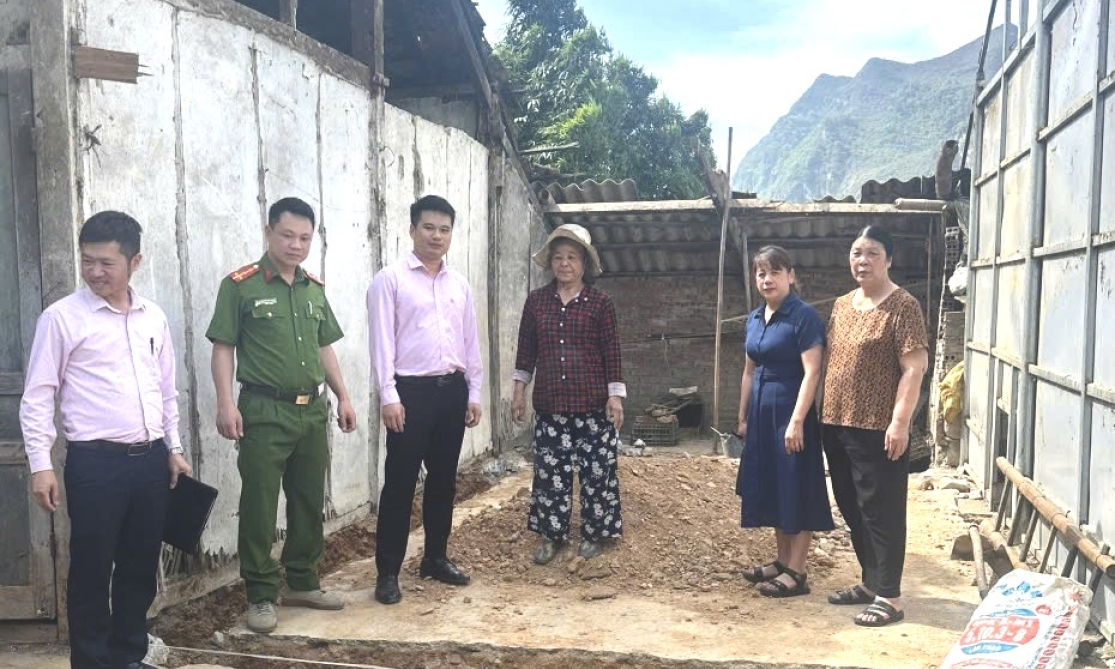
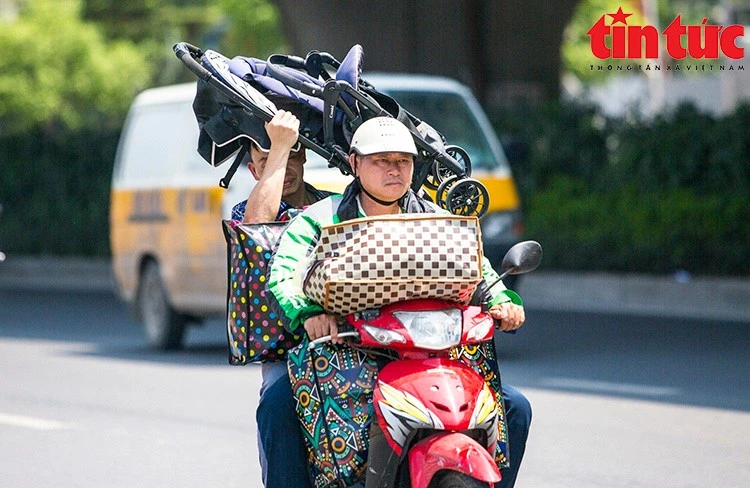


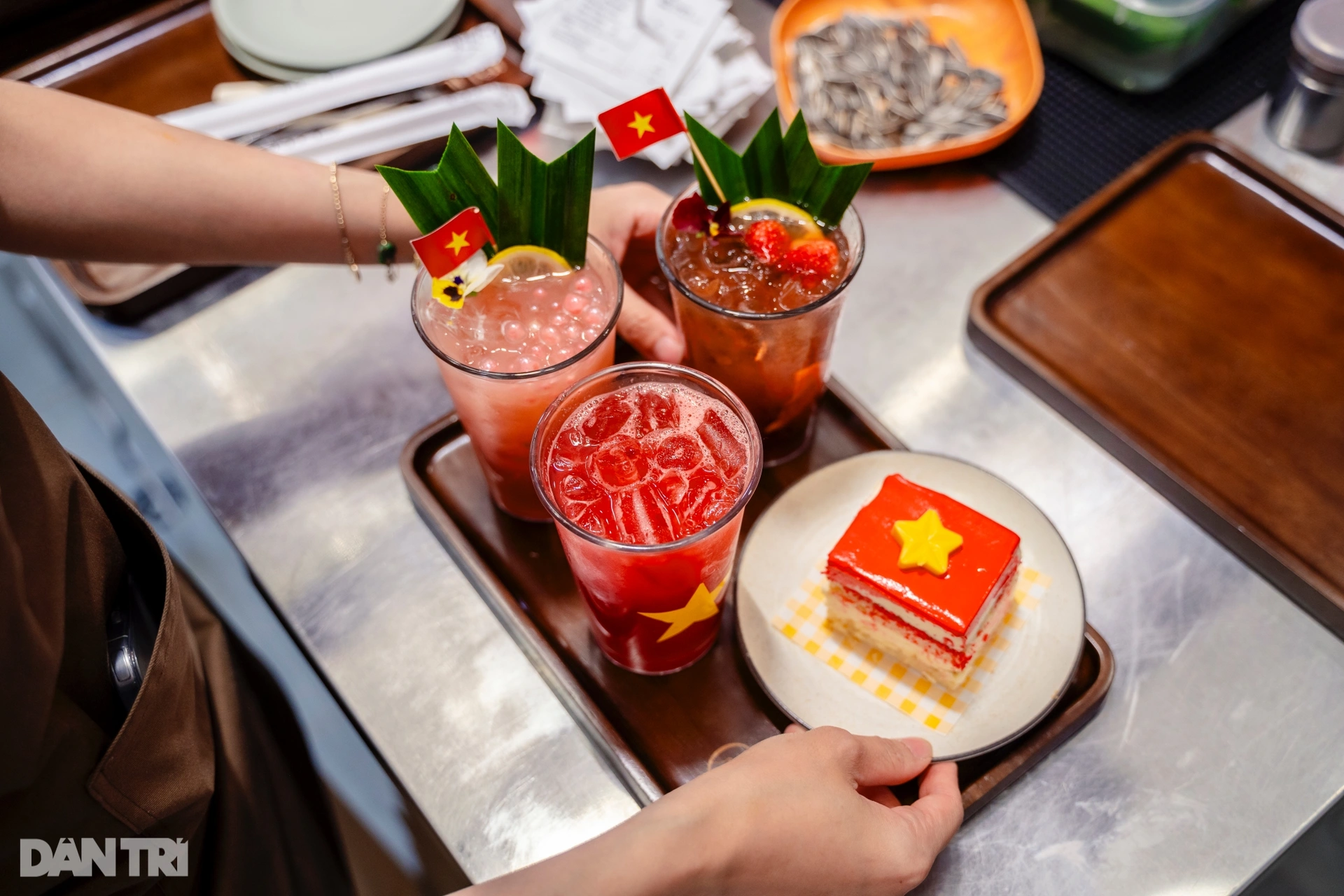
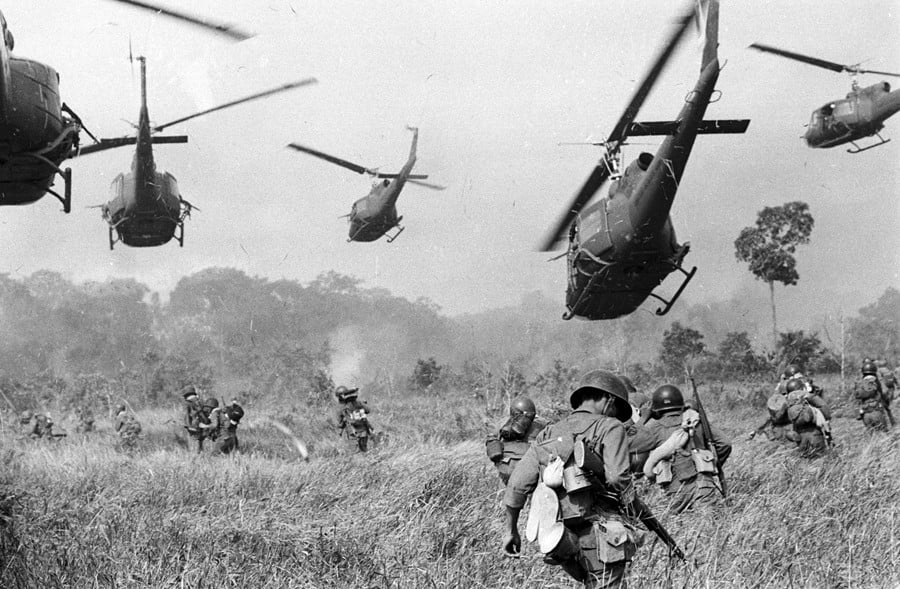

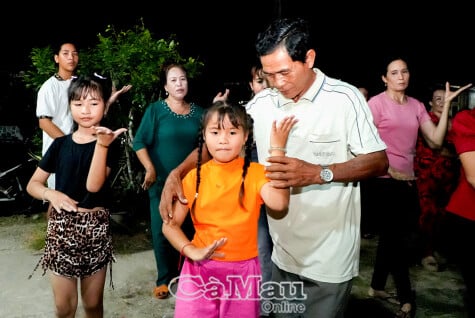
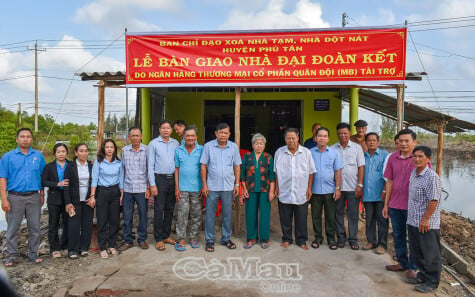
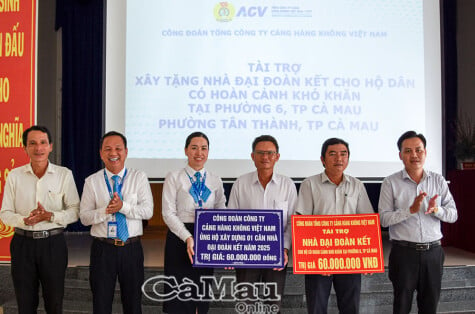
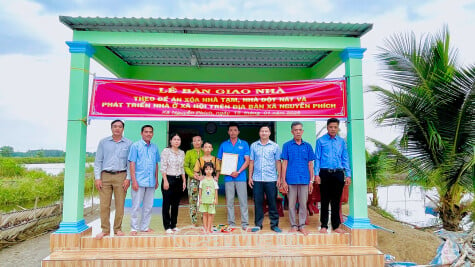
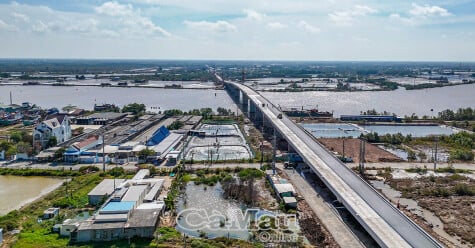

![[Photo] Opening of the Exhibition on Green Growth](https://vstatic.vietnam.vn/vietnam/resource/IMAGE/2025/4/16/253372a4bb6e4138b6f308bc5c63fd51)

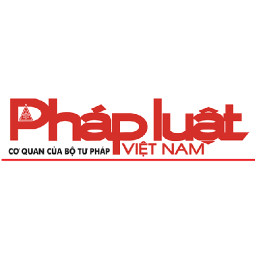
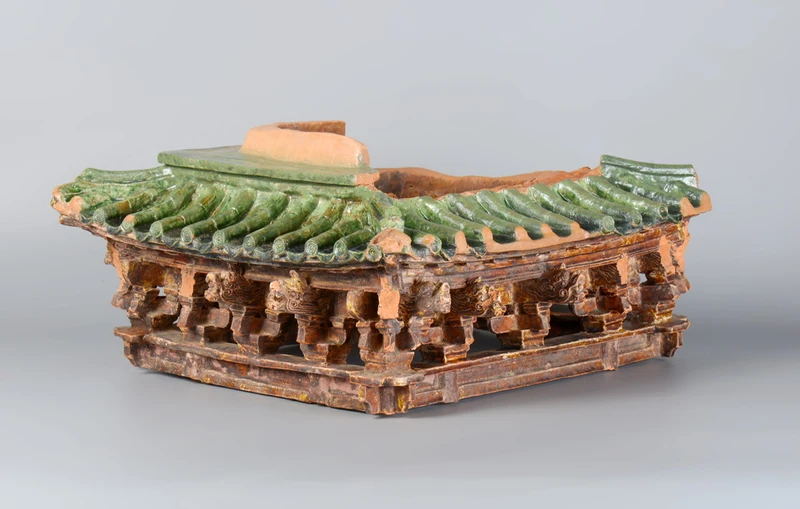

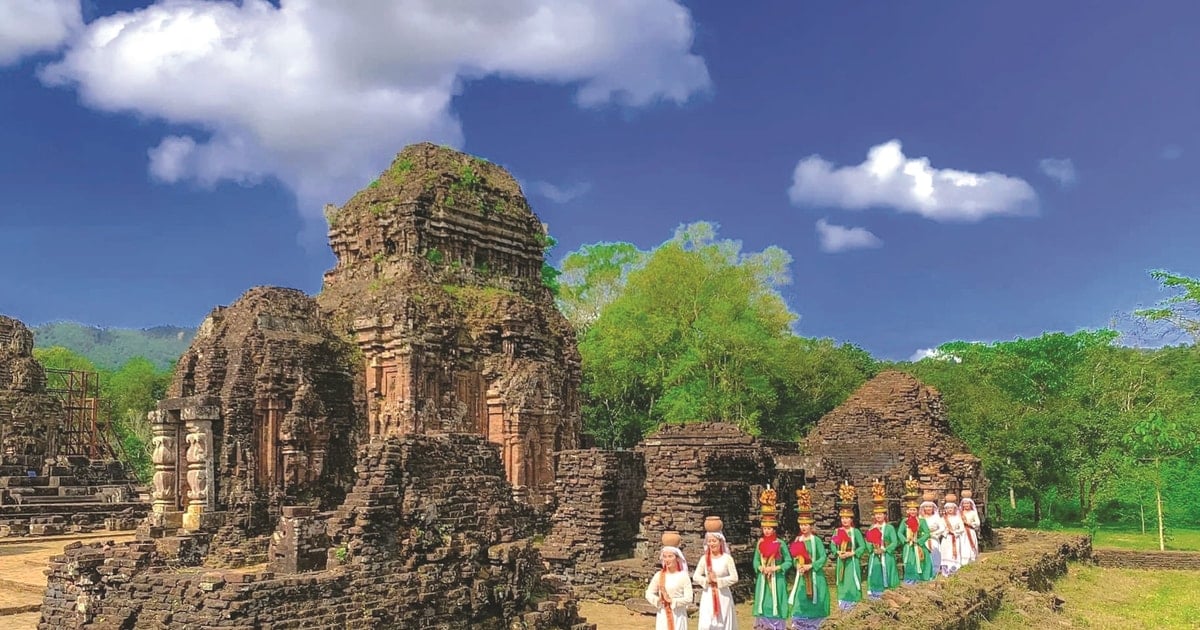

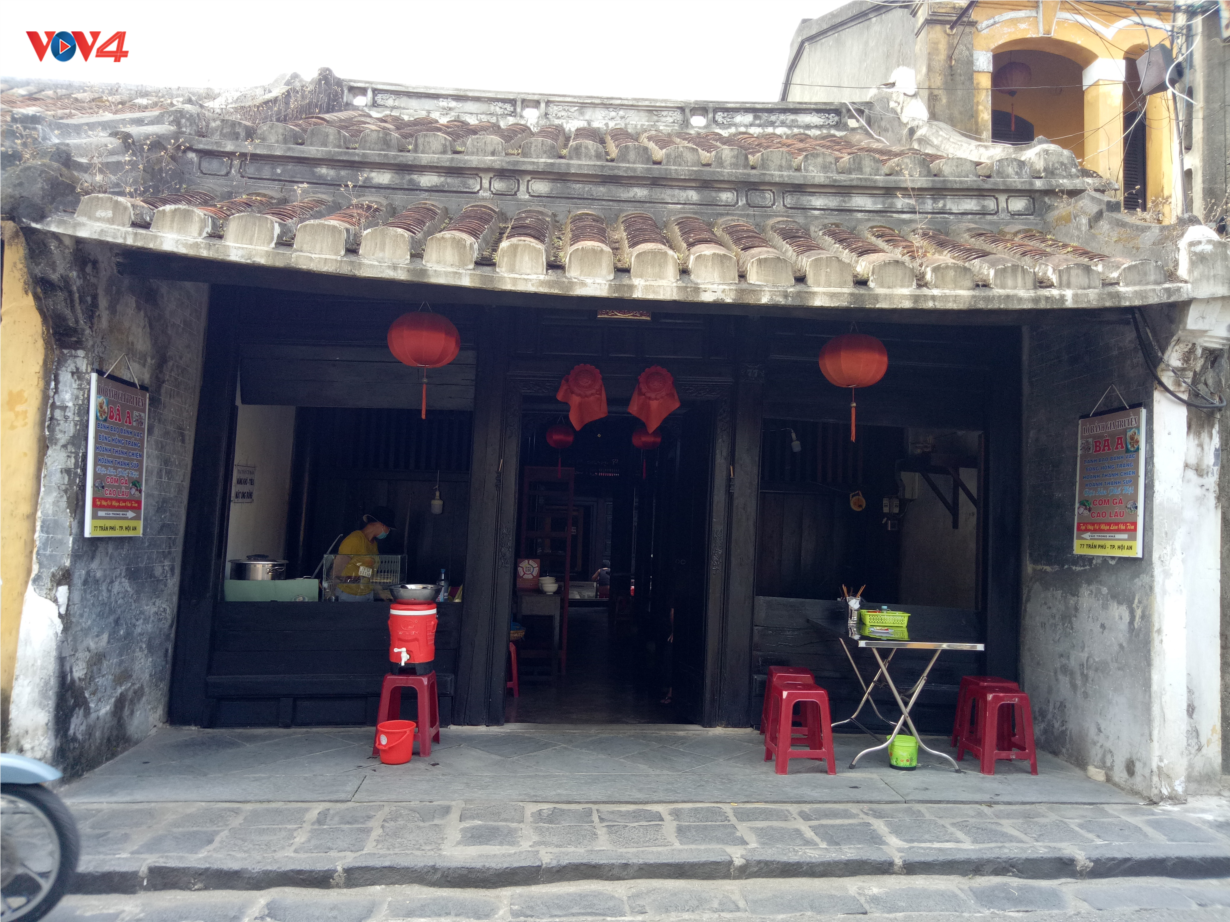

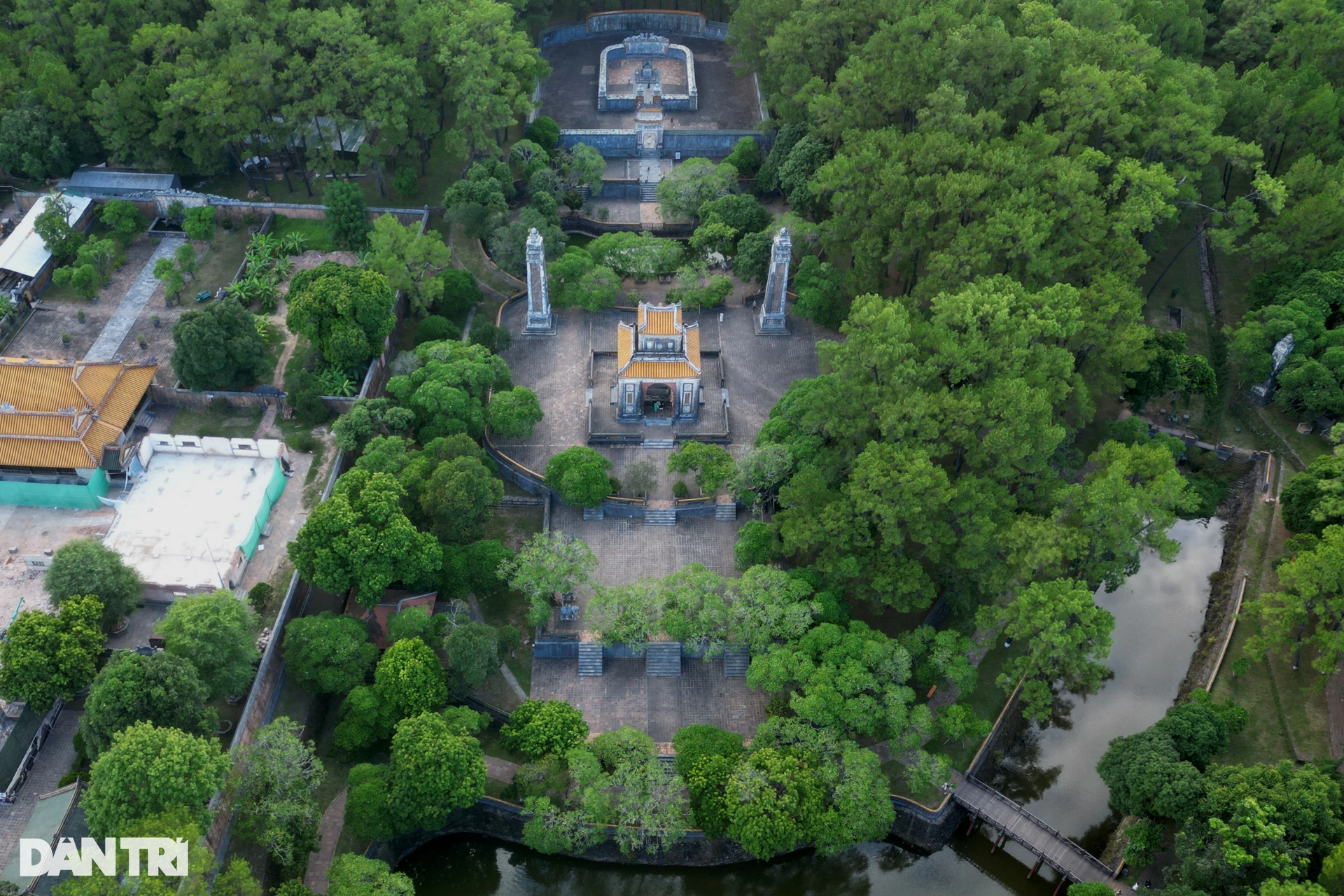

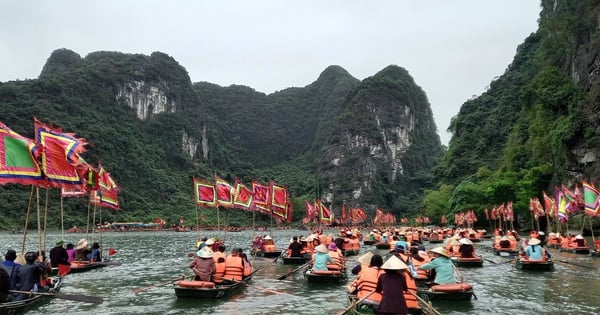





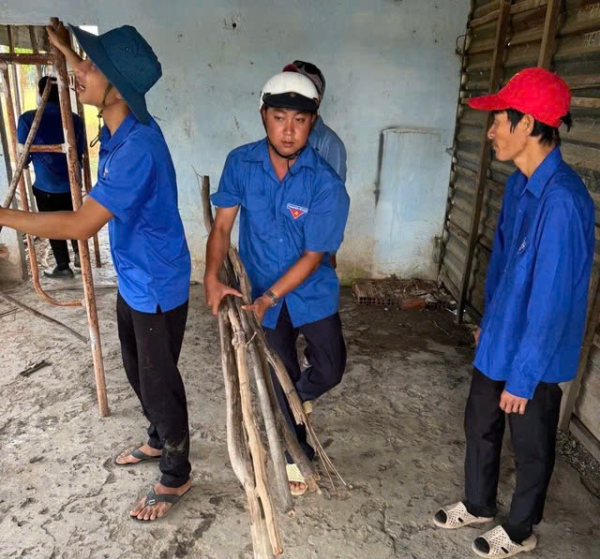

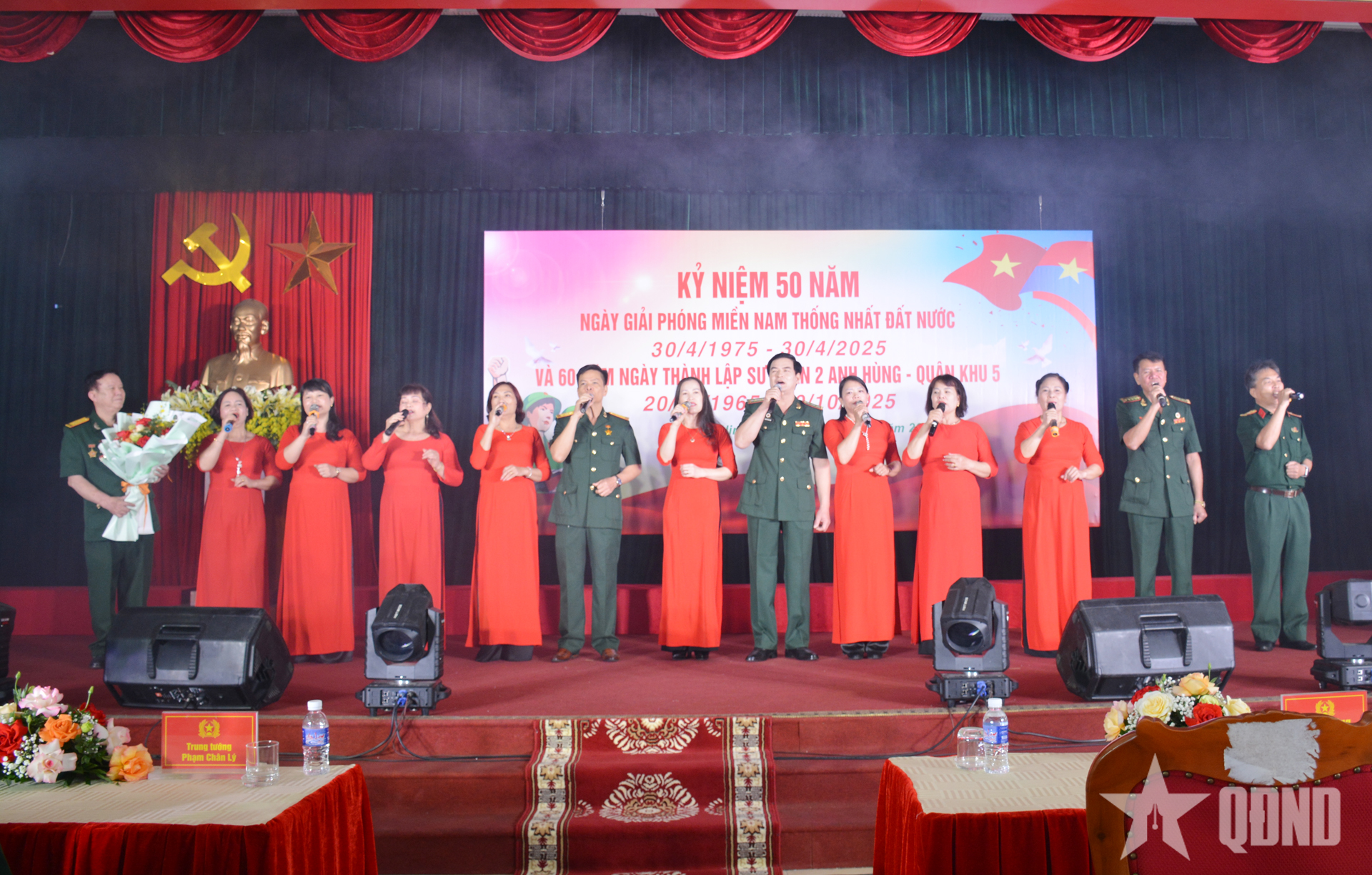

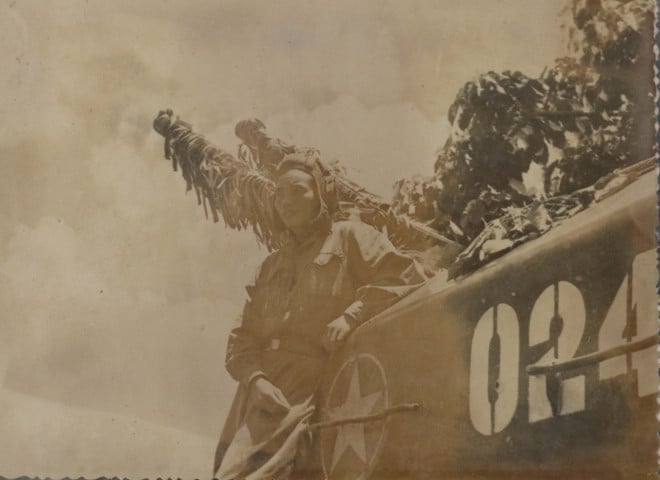
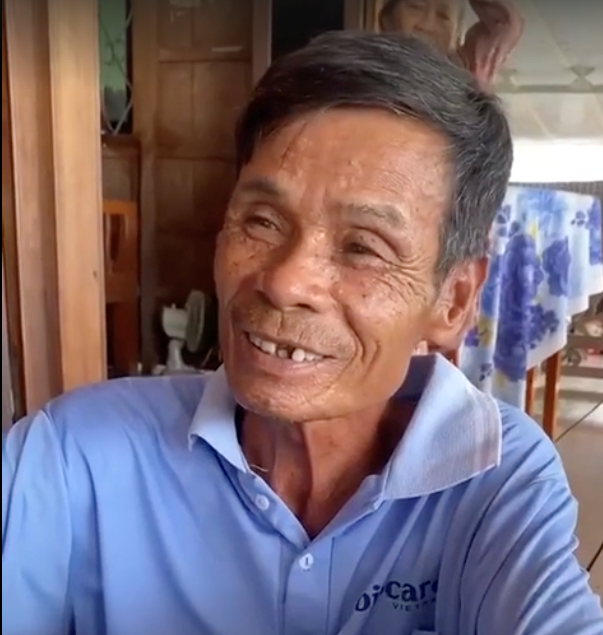



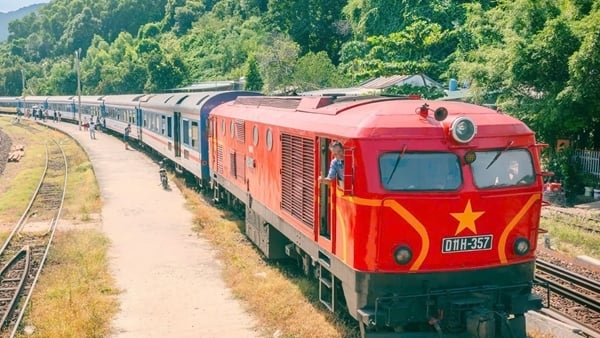






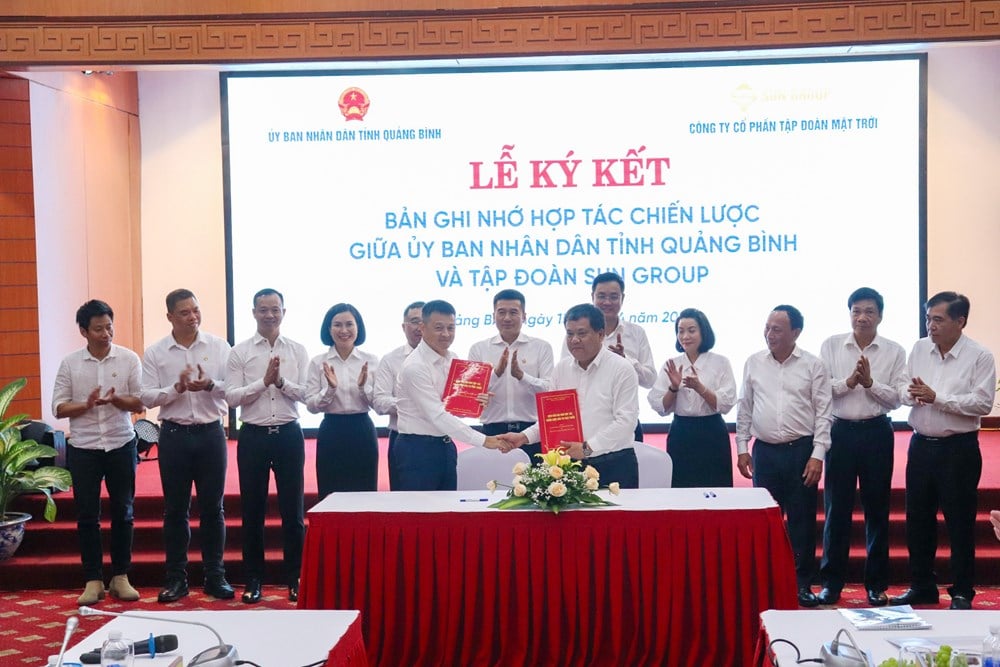

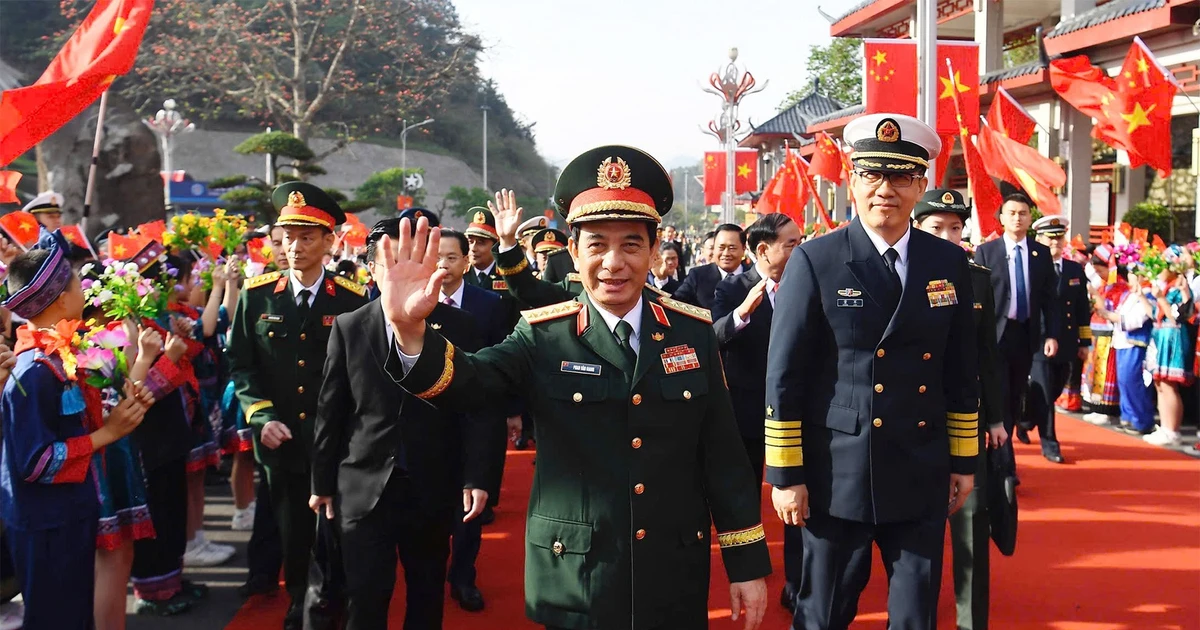

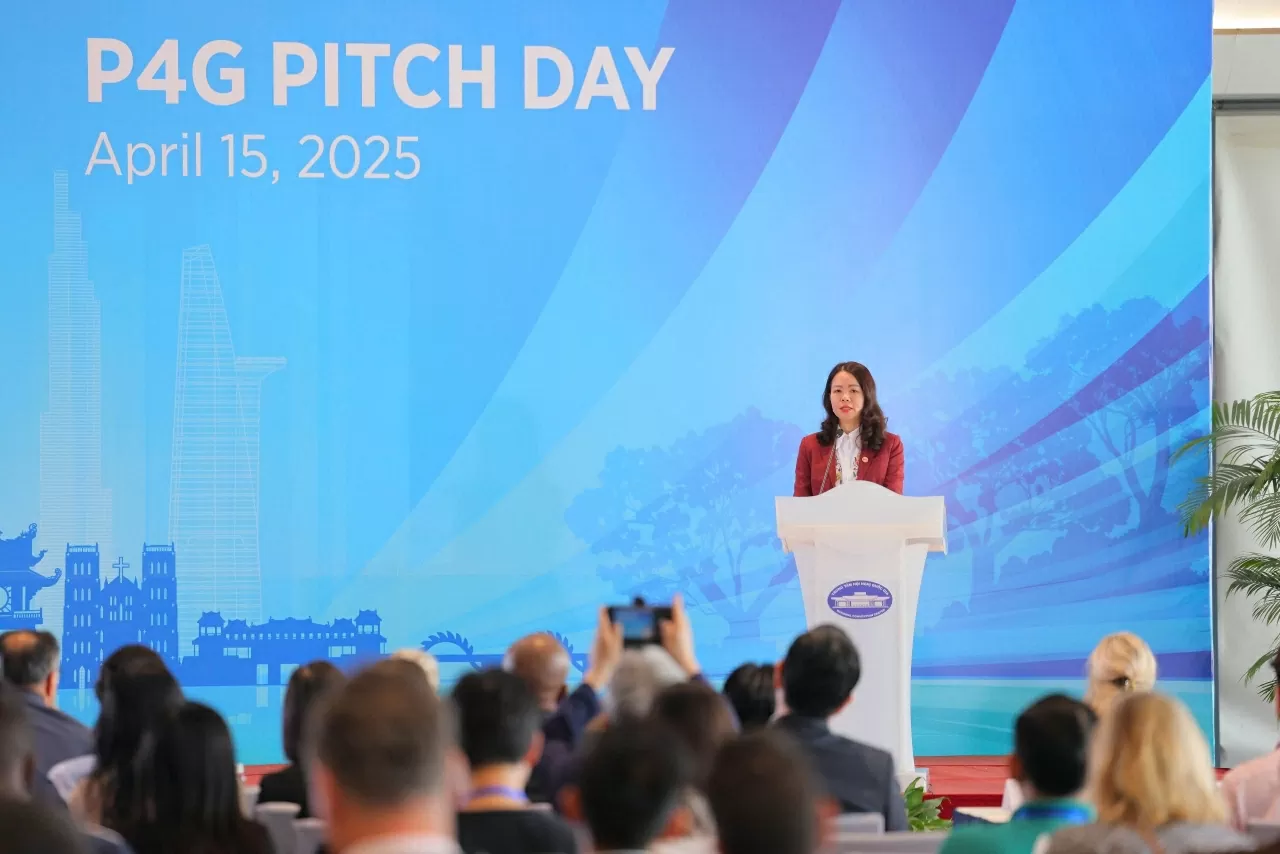




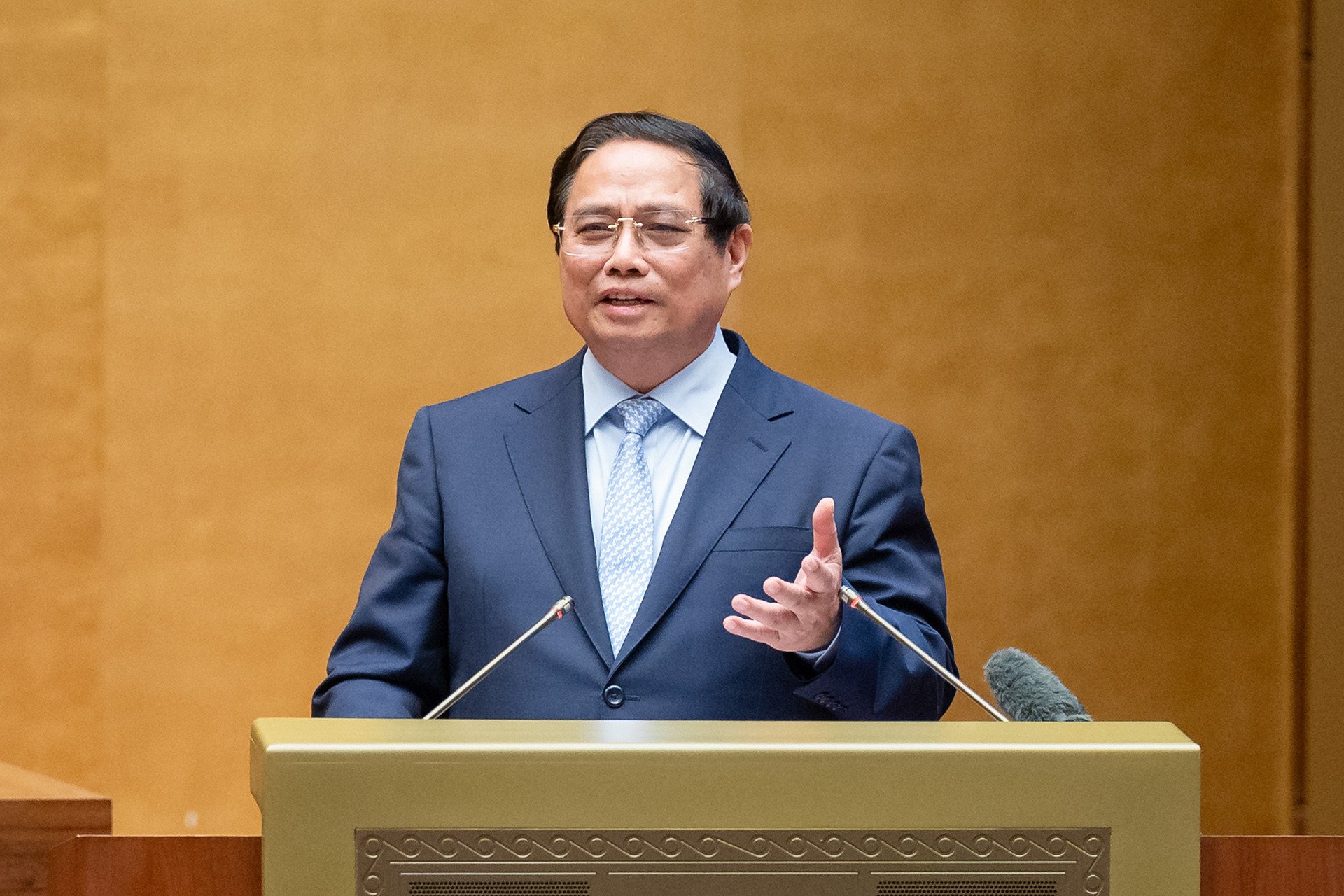

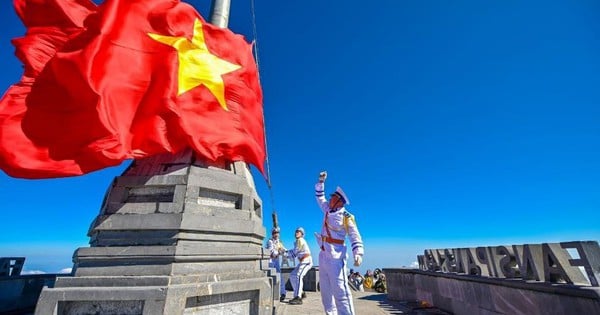





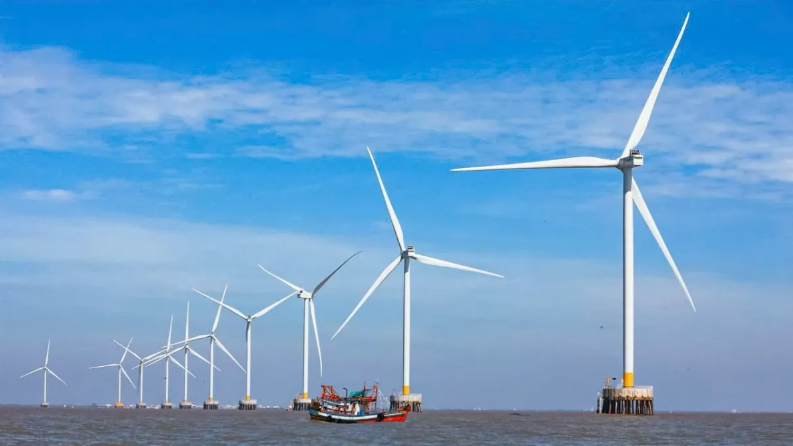
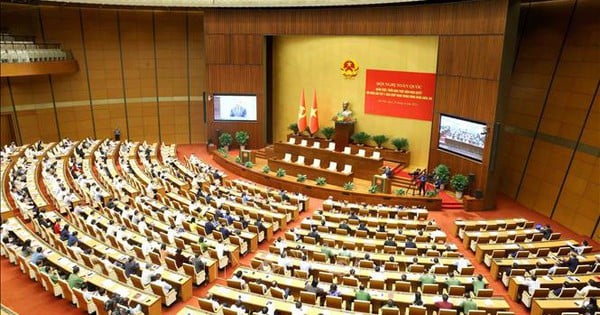

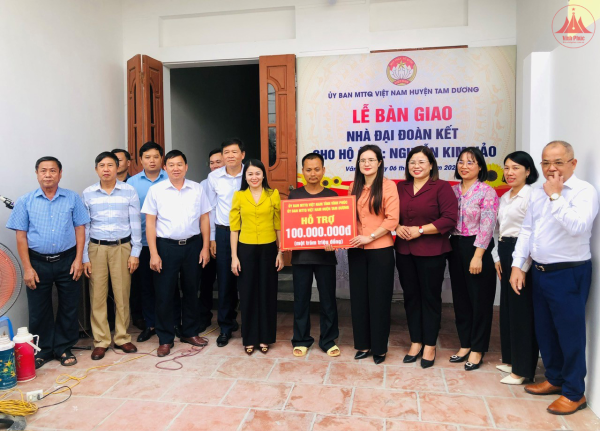
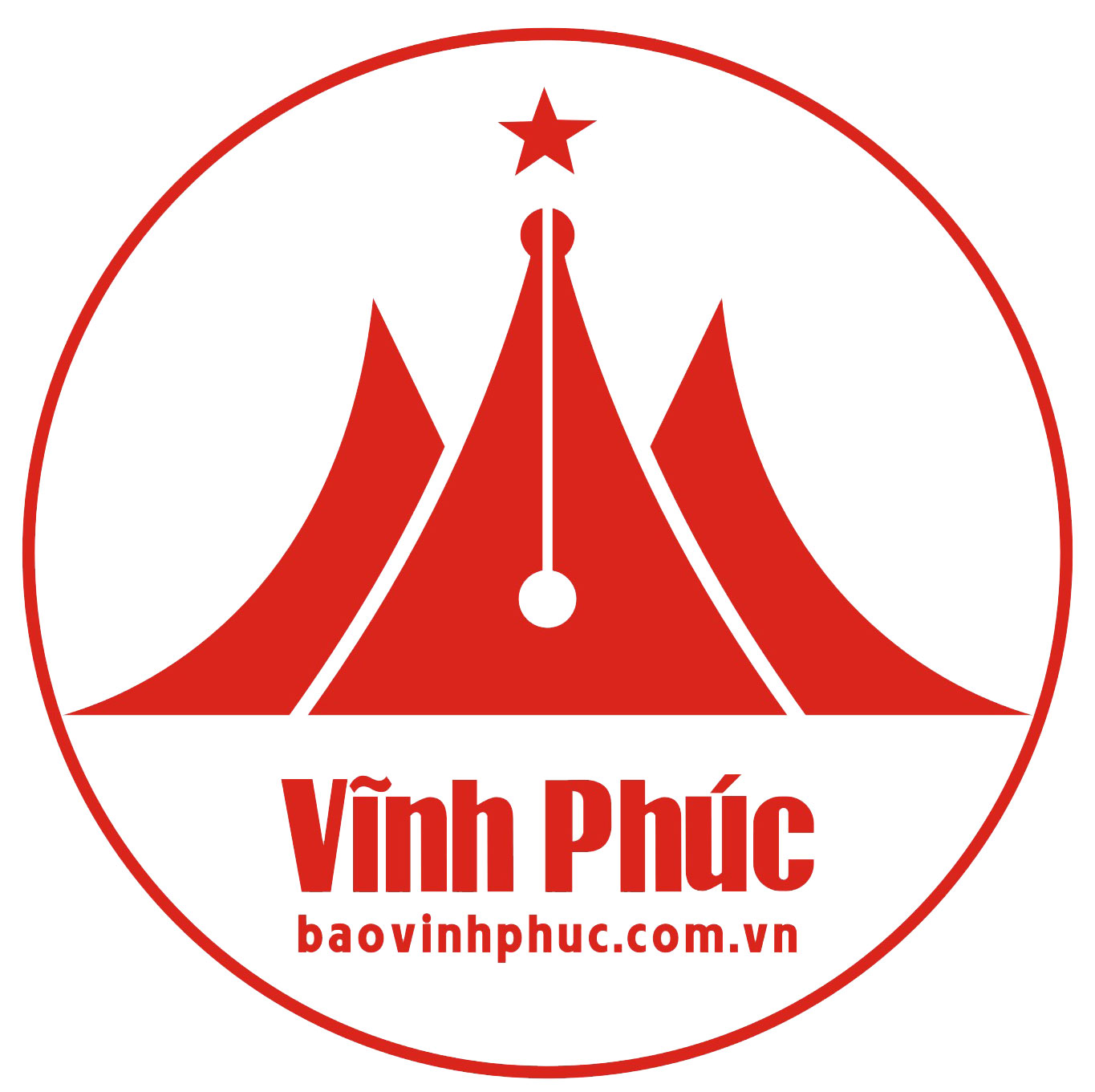
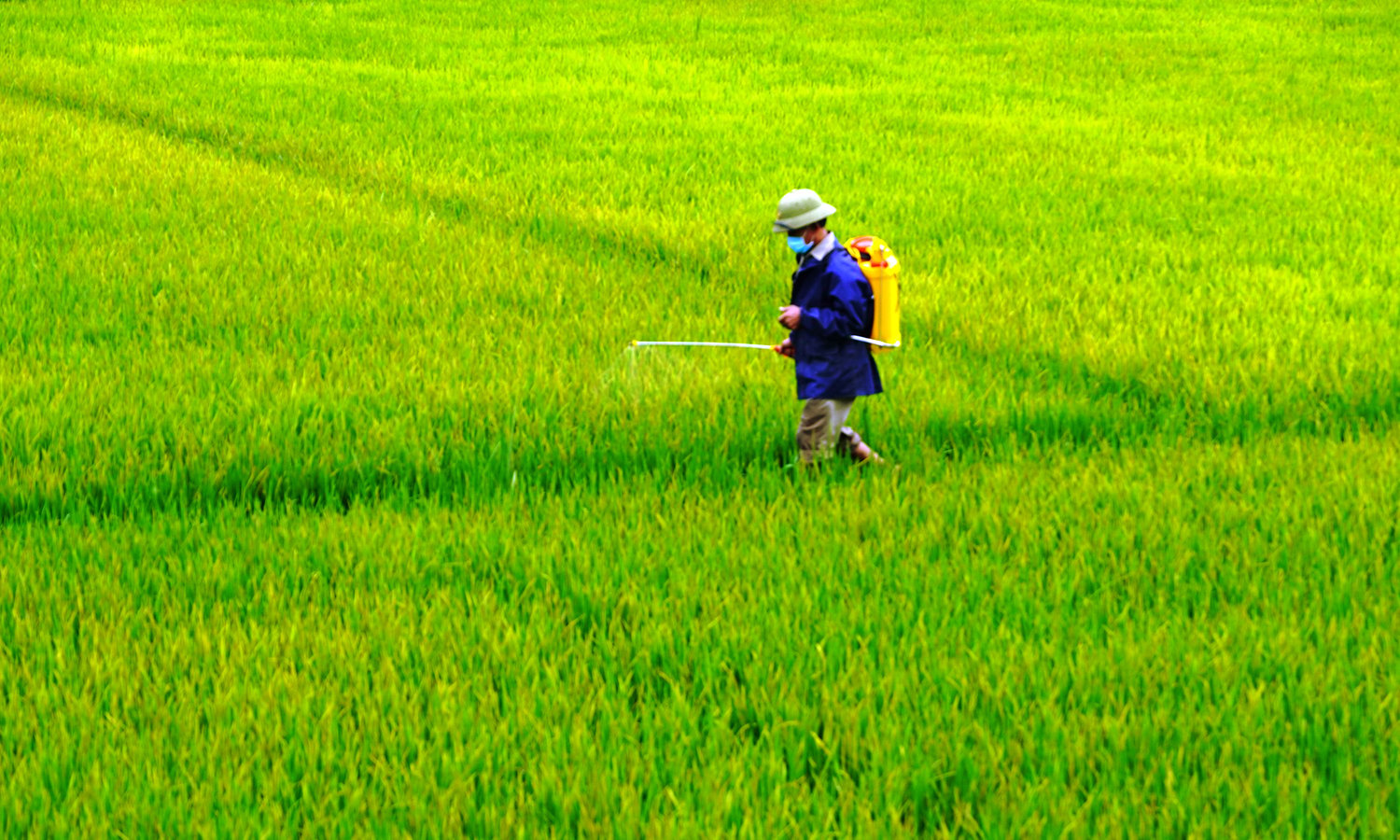





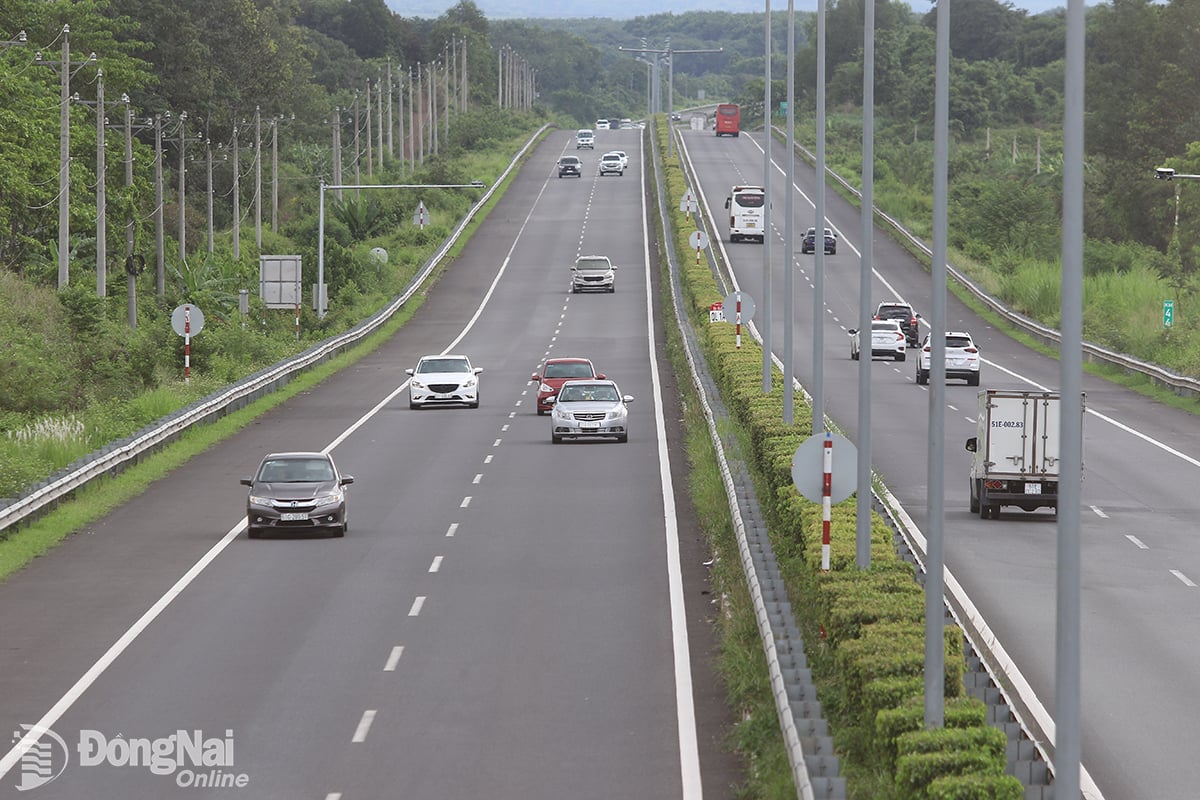


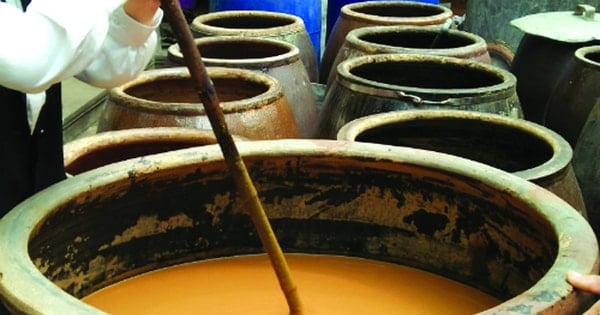

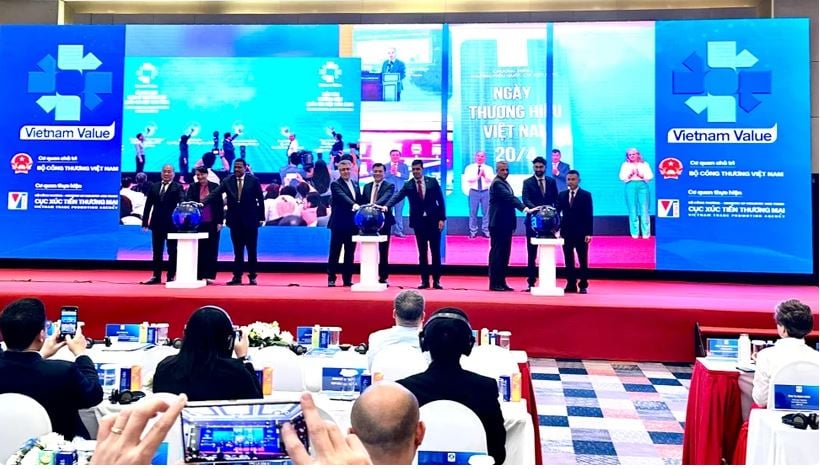


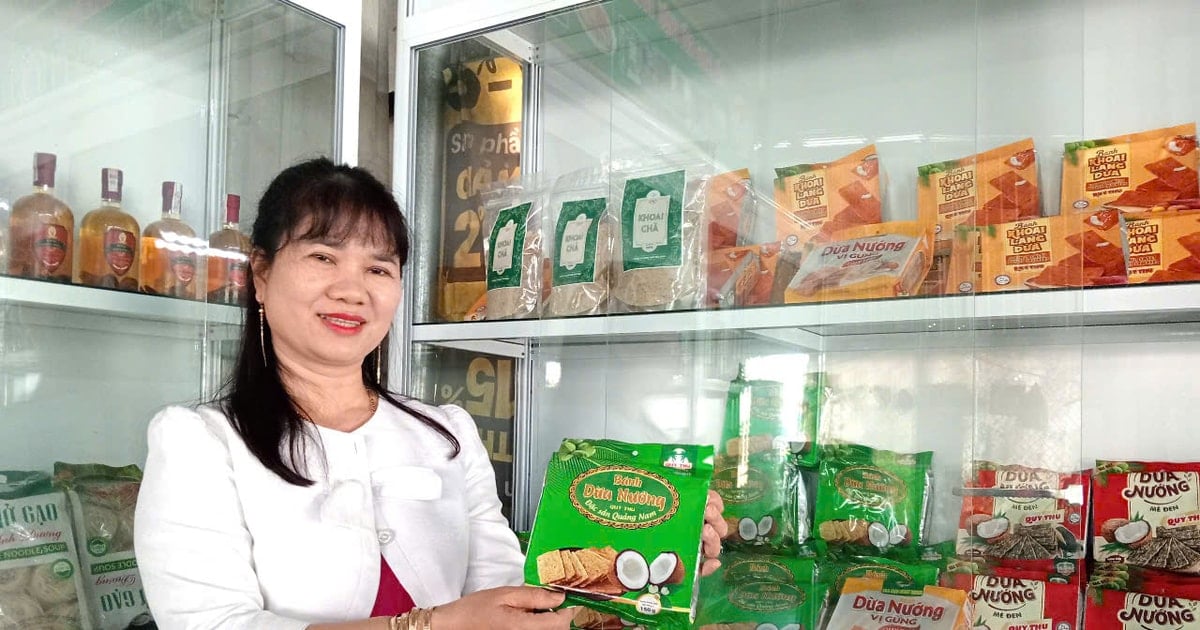



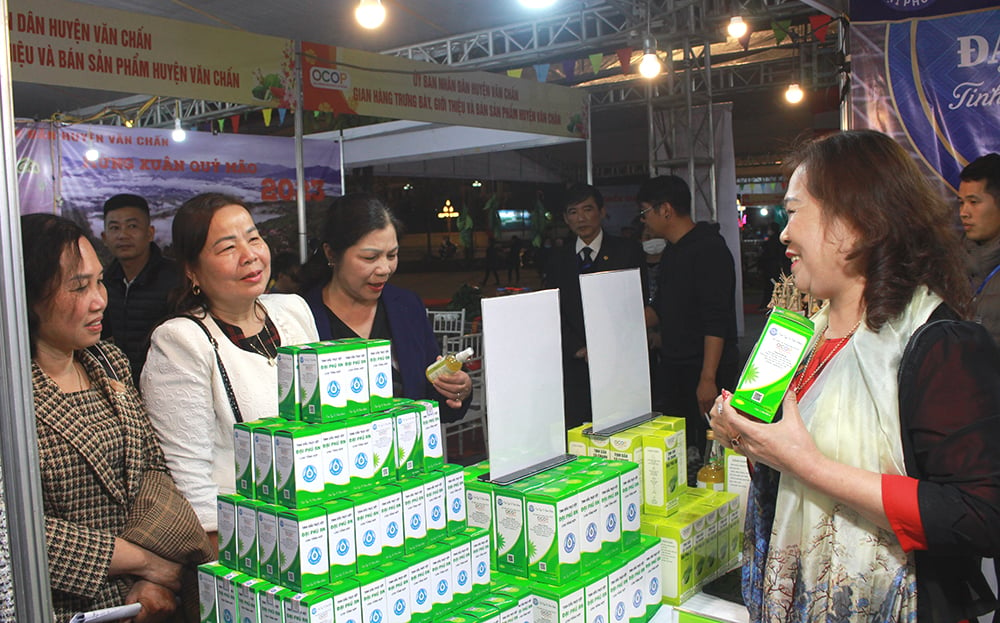
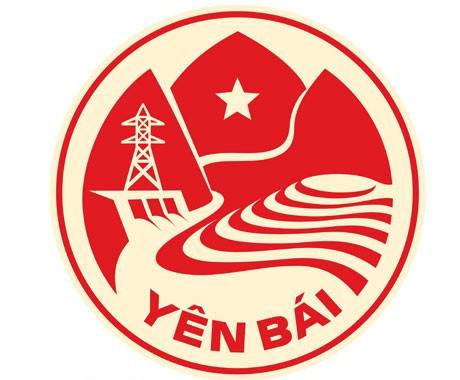
Comment (0)